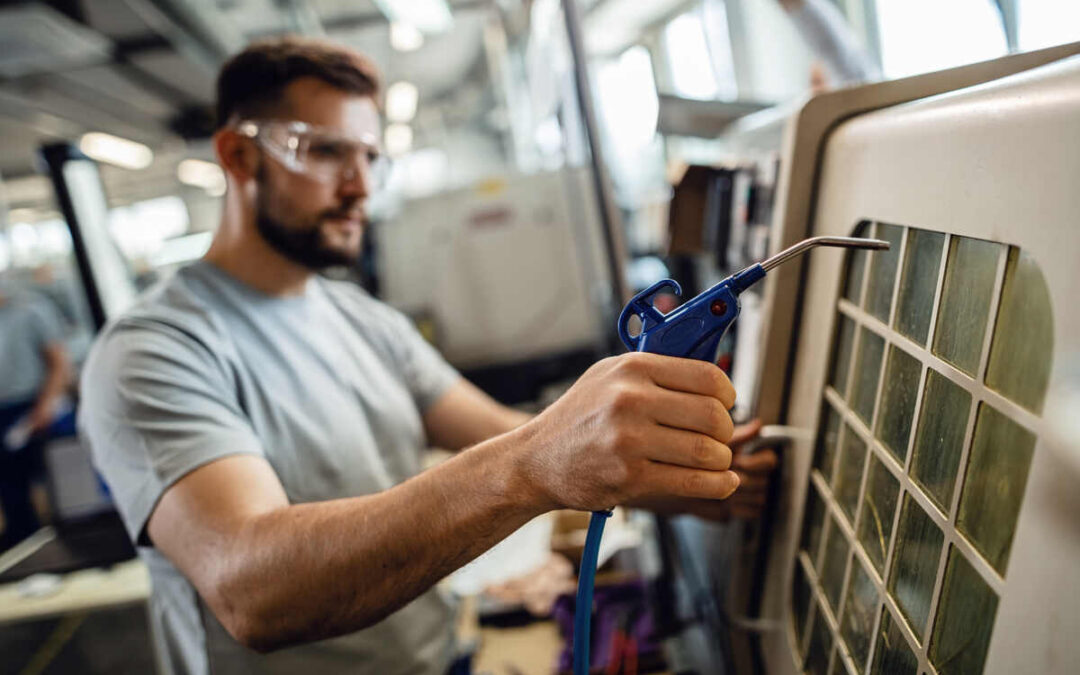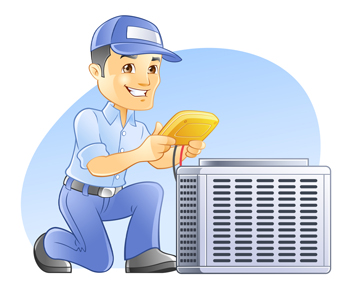Heating your home in an economically efficient manner throughout the winter is quite the challenge. Though it is possible to put the thermostat on 70 degrees, doing so is not necessary. Implement the heating strategies outlined below to keep your home nice and toasty this winter.
Close the Curtains and Blinds at Night
Leaving the heat on its normal daytime temperature throughout the night is not necessary. Instead, decrease the temperature, close the curtains/blinds throughout the house and snuggle in under the sheets for a comfortable night of sleep. Closing the curtains keeps the warm radiant energy that entered through the window glass during the day inside. It will also help prevent the cold draft from penetrating into the house.
Utilize Vent Covers
Ideally, you will place covers over the vents in the home’s foundation before the cold weather arrives. Such vents block out cold air so it does not flow under the home. These vents also help keep water pipes warm so they don’t freeze.
Add Layers to the Floor
Pick up a few area rugs for your home’s floors to keep them nice and cozy. The National Energy Foundation reports that floors that are not insulated cause upwards of 10 percent of the home’s total heat loss.
Cover the Walls and Front Door
Cover large portions of your home’s walls with pictures, mirrors, tapestries, posters, bookshelves and other items to significantly reduce energy loss. These items add extra layers for insulation. Doors also let cold air in during the winter. Prevent cold air from infiltrating the home by covering the door and the surrounding walls with a door curtain.
Tin Foil Isn’t Solely for Conspiracy Theorists!
It might seem a bit odd to apply tin foil to the rear of the home’s radiators. However, doing so will prevent home heat waste. The foil actually reflects heat right back into the home’s rooms instead of letting it slide on out through the walls. You can use the regular foil from your kitchen cupboard or pick up specially designed foil for residential heating purposes.
Don’t use the Bathroom and Kitchen Fans
Running a bathroom fan in the cold months actually pulls warm air out of the home. Avoid this and you are guaranteed warmer conditions in addition to applying all the other techniques listed.
Move the Furniture
Though positioning the living room chair or couch by the window will provide an excellent view, it will also worsens winter’s wrath. Sitting near the window causes radiant heat loss from the body to the window glass. Position your furniture away from the windows (especially the large ones) as well as the outside walls.
Regular Heating System Maintenance
Clean your home’s furnace filters on a regular basis throughout the heating season. Take a look at the manufacturer’s recommendations pertaining to the replacement of filters and abide by those instructions without exception.
Proper Insulation
Spending a bit of money on home insulation will save you plenty of money in the long run. Insulate the walls, ducts, attic and floors to prevent heat loss. If there are any cracks or gaps along doors or windows, block them to keep the cold air out.
Check for air Duct Leaks
If your home has forced air ducts, have a HVAC technician check them for leaks. Once these leaks are repaired and sealed, it will be much easier to heat the home to your desired temperature.
Sweat the Small Stuff This Winter
Follow the home heating tips outlined above and you’ll find that your home stays nice and warm while your heating bills decrease. These ideas won’t take too much time or effort yet they will make a considerable impact on your home’s comfort level. Contact us at Valley Comfort Heating and Air Conditioning for additional heating information and products.
FAQ Section for Efficient Winter Home Heating
1. What are some tips to keep my home warm in winter without raising energy bills?
To keep your home warm without skyrocketing energy bills, use smart heating strategies. Keep curtains closed at night to trap heat, add area rugs to reduce heat loss through the floor, and invest in proper insulation. Studies show that floors without insulation can account for 10% of your home’s heat loss.
2. Why does closing curtains help keep a home warm in the winter?
Closing curtains at night prevents heat from escaping through windows and keeps cold drafts out. According to energy experts, up to 25% of a home’s heat can be lost through windows, so this simple trick can significantly reduce heat loss. You can also invest in thermal curtains for even better insulation.
3. How does adding rugs help in retaining heat?
Rugs act as extra insulation, trapping heat and making floors warmer. According to the National Energy Foundation, uninsulated floors can lead to around 10% of heat loss in a home. By placing rugs, especially on hard floors, you create a barrier that helps retain warmth in your living spaces.
4. Can tin foil really improve heating efficiency at home?
Yes, surprisingly, placing tin foil behind radiators can reflect heat back into the room instead of letting it escape through walls. This simple hack can make a big difference in rooms with external walls. You can use kitchen foil or purchase radiator-specific reflective panels for even better results.
5. How can I improve heat distribution in my home?
To improve heat distribution, avoid placing furniture in front of radiators or vents. Obstructing airflow can block warm air from circulating efficiently. Move furniture like couches and chairs away from windows and walls to prevent cold drafts and maximize heating effectiveness throughout your space.
6. How often should I maintain my heating system for optimal performance?
Regular maintenance is key to efficient heating. Cleaning or replacing furnace filters every 1 to 3 months during the heating season can increase efficiency by up to 15%. An annual HVAC inspection can help identify potential problems early, ensuring your system runs smoothly when you need it most.
7. Does covering doors help keep heat inside during winter?
Yes, doors and entryways are common sources of heat loss. Adding door curtains or heavy fabric can block drafts and help trap warm air inside. According to energy studies, properly sealing doors can reduce heat loss by as much as 30%, making a noticeable impact on home comfort.
8. Why is proper insulation so important for home heating efficiency?
Proper insulation prevents warm air from escaping and keeps cold air out. Insulating walls, attics, and floors can reduce heat loss by up to 20%. Additionally, sealing cracks around doors and windows ensures that your heating system works efficiently without wasting energy on drafts.
9. How can vent covers prevent heat loss in winter?
Vent covers, particularly for floor or foundation vents, block cold air from flowing into your home. Installing vent covers before winter hits can also prevent frozen pipes by keeping warmer air circulating around plumbing. These covers are a simple and cost-effective way to maintain a warmer home.
10. How can I reduce heat loss from my home’s ductwork?
Leaky ducts can lose up to 30% of heated air, meaning your system has to work harder. Sealing duct leaks with professional help ensures better airflow and less heat loss. A well-maintained duct system will keep your home warmer and reduce energy waste significantly.




